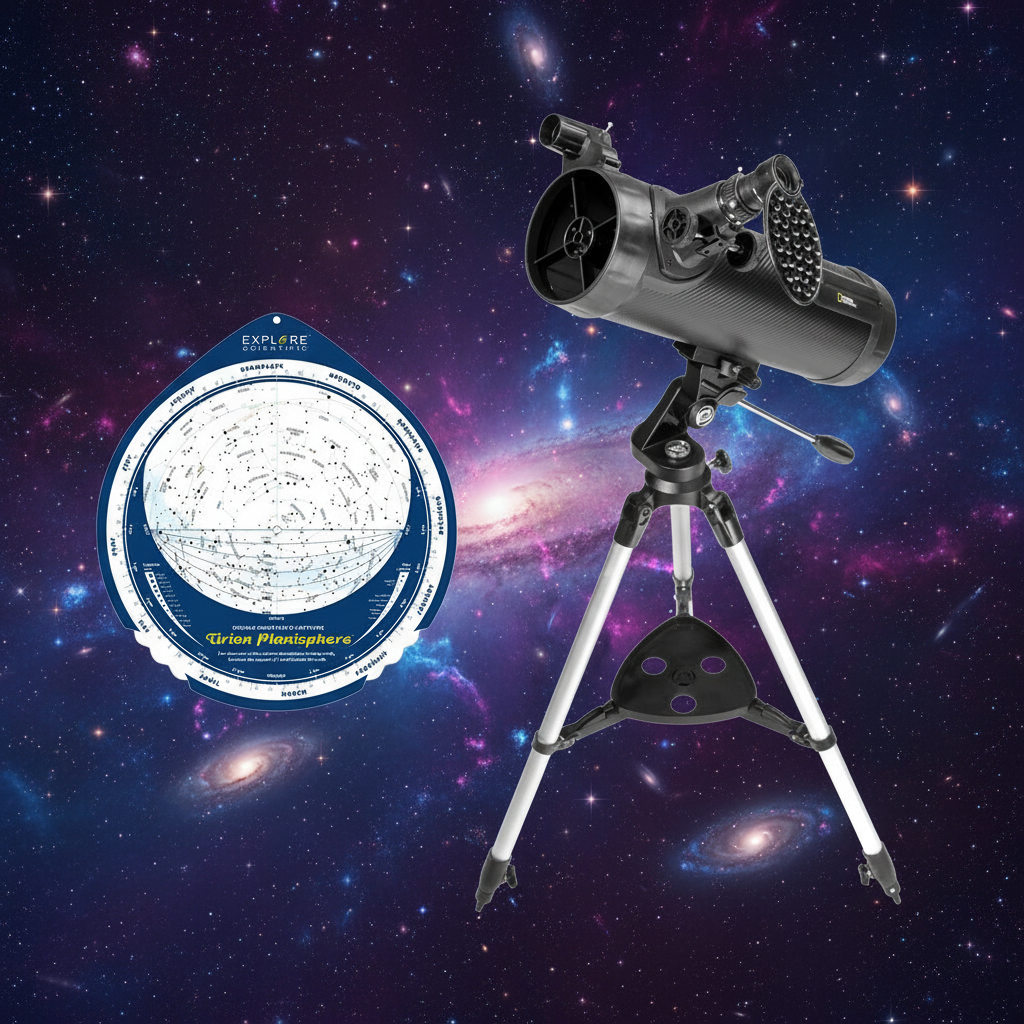What is the purpose of the Rate Offset Value in the PMC-Eight ASCOM driver, and how do I set its value?
(39)[C][C3][C3a]
The Rate Offset Value in the PMC-Eight ASCOM Driver is used to fine tune the mount's tracking rate and correct for any small differences in individual systems. The default tracking performance of the PMC-Eight when you receive it is just fine when you are observing objects visually using the ASCOM driver. You will find that typically the object will stay in the center of your eyepiece over a relatively long period of time such as 1-2 hours. But when doing unguided astrophotography, you may find a small amount of drift in the Right Ascension (RA) axis causing your image plate center to drift over time. This long-term drift is independent of any periodic error that you may also be seeing in your mount.
Here is an example trace of the tracking rate showing a small amount of drift over time. To correct for this drift, you need to use an auto-guiding system and program such as PHD2 to record your mount's drift. If you do not have an auto-guiding system and you wish to determine your mount's Rate Offset Value, then you can do the procedure at the bottom of this article.
Once you have recorded your mount's tracking performance, you can use the amount of drift over time to calculate the Rate Offset Value. So, for example, if you use PHD2 to measure a star position over 22 minutes and find that it has moved in the RA axis 16.2 pixels and your image scale is equal to 2.3 arc-sec/pixel your drift is equal to 43.7 Arc-Seconds. Taking that total drift and dividing it by the number of seconds will give you the RA Tracking Rate Offset Value. In this example the Rate Offset Value is equal to 43.7 arc-seconds divided by 22 minutes (1320 seconds). The result is a Rate Offset Value of 0.033 Arc-Seconds. It is important to understand the direction of the RA drift whether it be EAST or WEST. If the drift is to the EAST, then the measured RA Rate is SLOW, and the Rate Offset Value should be POSITIVE. In the previous example the entered Rate Offset Value should be set to 0.033. If the drift is to the WEST, then the measured RA Rate is FAST, and the Rate Offset Value should be NEGATIVE. In the previous example the entered Rate Offset Value should be set to -0.033.
Visual RA Rate Drift Measurement Procedure
You can do a pretty good estimate of the Rate Offset Value if you use a cross-hair eyepiece to do the following procedure:
Note: In the following measurement, you should have a way to record the RA value in decimal arc-seconds to a precision of at least 0.1 seconds in RA. Cartes du Ciel provides this value in the telescope connections dialog box.
- Center a bright star in your scope right past the Meridian (RA coordinate a few minutes earlier than your local Sidereal Time) and near 0 deg Declination.
- Note the time you centered the star: 22:23:15
-
Note the RA coordinates your ASCOM application shows where you are pointed: 13h22m42.1s
- Wait at least 20 minutes.
- Move your mount using the POTH or equivalent ASCOM Client hand control in RA to re-center the star in your eyepiece.
- Repeat steps 2 and 3: 22:43:41, and 13h22m38.9s
- Calculate the difference in RA coordinates in Seconds:
13h22m42.1s - 13h22m38.9s = 3.2 (sec)
- Calculate the elapsed time between the times recorded in step 2 and 6.
22:43:41 - 22:23:15 = 20:26 or 1226 (sec)
- Multiply the value determined in step 7 by 15: (sec) x 15 (arc-sec/sec) = 48 (arc-sec).
- Divide the value determined in step 9 (drift arc-sec) by the value determined in step 8 (elapsed time). This is the Rate Offset Value
48 (arc-sec) / 1226 (sec) = 0.039 (arc-sec/sec)
- Determine the sign of the Rate Offset Value determined in step 10 by noting if the RA coordinate recorded in step 3 is "earlier" or "later" than that RA coordinate recorded in step 6. If the value in step 3 is "earlier" then the sign of the tracking is FAST, and the offset should be NEGATIVE. If the value in step 3 is "later" then the sign of the tracking is SLOW, and the offset should be POSITIVE.13h22m42.1s is later than 13h22m38.9s, so the offset is +0.039 (arcsec/sec).
You should verify the performance of your mount's tracking after adjusting the Rate Offset Value in the ASCOM driver. You may see slight differences in the actual tracking performance of your mount over time and when pointing your scope at different locations due to flexure and/or refractive error.











